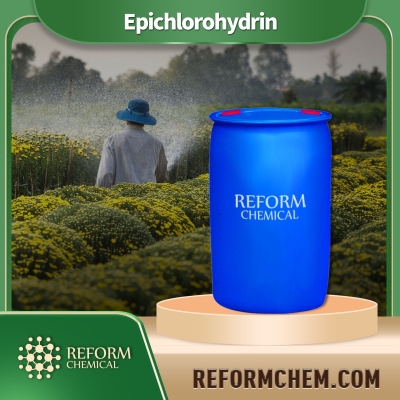-
Categories
-
Pharmaceutical Intermediates
-
Active Pharmaceutical Ingredients
-
Food Additives
- Industrial Coatings
- Agrochemicals
- Dyes and Pigments
- Surfactant
- Flavors and Fragrances
- Chemical Reagents
- Catalyst and Auxiliary
- Natural Products
- Inorganic Chemistry
-
Organic Chemistry
-
Biochemical Engineering
- Analytical Chemistry
-
Cosmetic Ingredient
- Water Treatment Chemical
-
Pharmaceutical Intermediates
Promotion
ECHEMI Mall
Wholesale
Weekly Price
Exhibition
News
-
Trade Service
The world's first fuel ethanol project using ferroalloy industrial exhaust gas was officially put into operation on the 28th in Pingluo County, Shizuishan City, Ningxia
.
The project is expected to produce 45,000 tons of fuel ethanol and 5,000 tons of protein powder per year, achieving an output value of 330 million yuan, and reducing carbon dioxide emissions by 180,000 tons per year
.
? Industrial tail gas bio-fermentation to produce fuel ethanol technology is an emerging biotechnology process, which can realize the efficient and clean utilization of industrial tail gas resources
.
This technology is of great significance for reducing carbon emissions, replacing fossil energy, ensuring national energy and food security, and building a green and low-carbon circular economy system
.
? It is understood that the use of this technology to produce 1 ton of fuel ethanol can reduce carbon dioxide emissions by 1.
9 tons, and the addition of fuel ethanol to gasoline can effectively reduce automobile exhaust pollution
.
At the same time, this technology uses non-grain raw materials, and every ton of fuel ethanol produced can save 3 tons of grain and reduce the use of 4 acres of arable land, which helps ensure food security
.
? "(The) project has exemplary significance for promoting the ferroalloy industry to change the traditional energy utilization mode, improving the comprehensive utilization of resources, and properly coordinating emission reduction and development
.
" Li Xin, vice chairman of the China Iron and Steel Association and Secretary of the Party Committee of the Metallurgical Industry Planning and Research Institute Chuang said at the project commissioning ceremony held on the same day that the commissioning of the project of using ferroalloy industrial tail gas to produce fuel ethanol is a major breakthrough in the low-carbon transformation and development of the ferroalloy industry
.
.
The project is expected to produce 45,000 tons of fuel ethanol and 5,000 tons of protein powder per year, achieving an output value of 330 million yuan, and reducing carbon dioxide emissions by 180,000 tons per year
.
? Industrial tail gas bio-fermentation to produce fuel ethanol technology is an emerging biotechnology process, which can realize the efficient and clean utilization of industrial tail gas resources
.
This technology is of great significance for reducing carbon emissions, replacing fossil energy, ensuring national energy and food security, and building a green and low-carbon circular economy system
.
? It is understood that the use of this technology to produce 1 ton of fuel ethanol can reduce carbon dioxide emissions by 1.
9 tons, and the addition of fuel ethanol to gasoline can effectively reduce automobile exhaust pollution
.
At the same time, this technology uses non-grain raw materials, and every ton of fuel ethanol produced can save 3 tons of grain and reduce the use of 4 acres of arable land, which helps ensure food security
.
? "(The) project has exemplary significance for promoting the ferroalloy industry to change the traditional energy utilization mode, improving the comprehensive utilization of resources, and properly coordinating emission reduction and development
.
" Li Xin, vice chairman of the China Iron and Steel Association and Secretary of the Party Committee of the Metallurgical Industry Planning and Research Institute Chuang said at the project commissioning ceremony held on the same day that the commissioning of the project of using ferroalloy industrial tail gas to produce fuel ethanol is a major breakthrough in the low-carbon transformation and development of the ferroalloy industry
.







